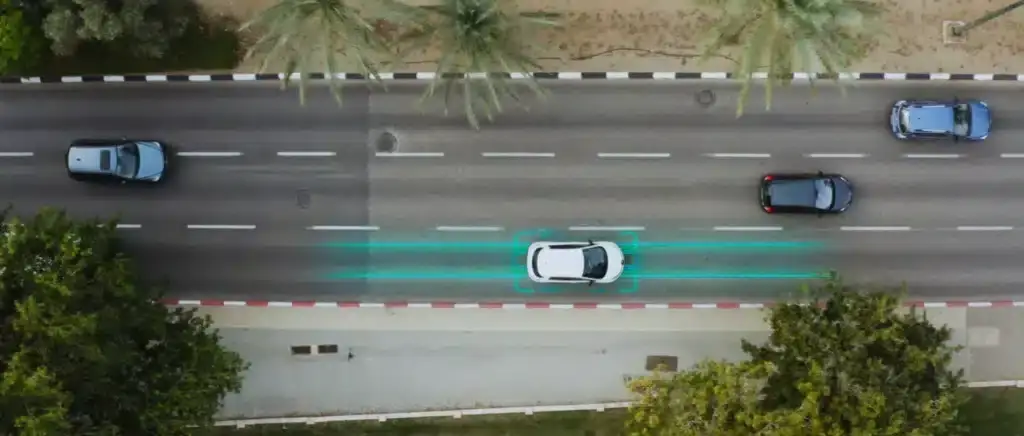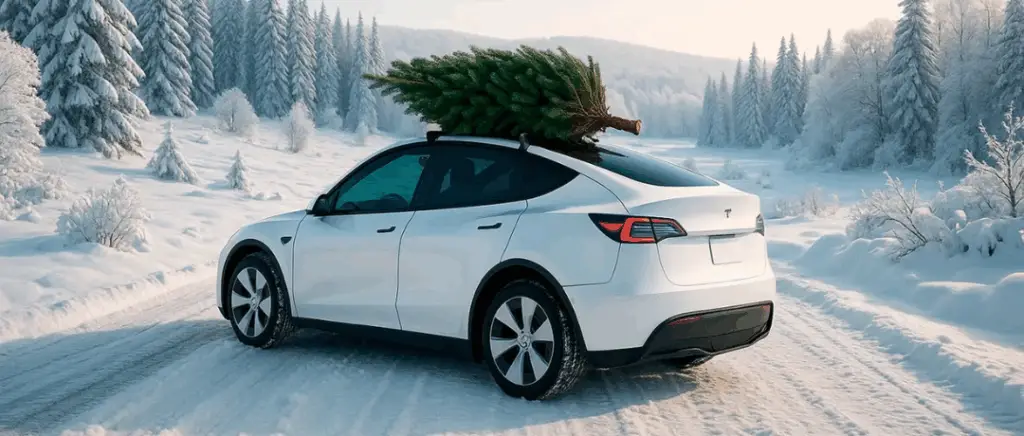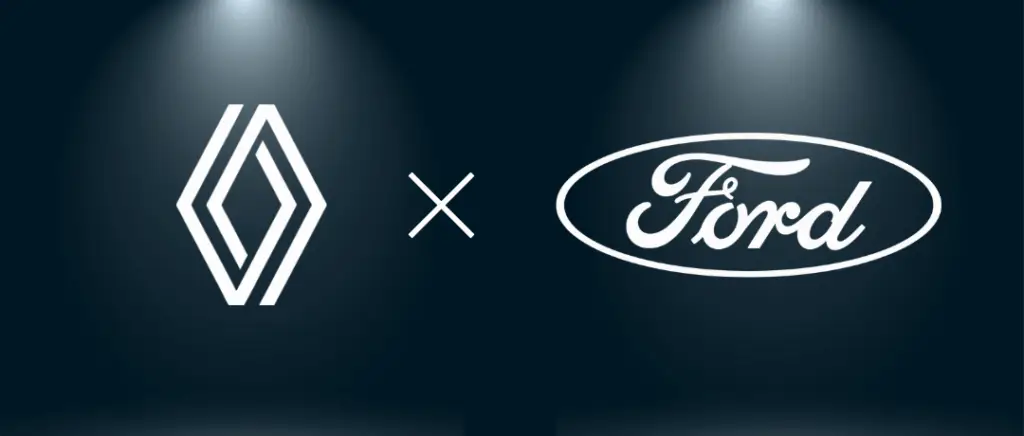How does induction charging work for electric cars?
A bit like mobile phones, induction charging is wireless charging. This would enable drivers to avoid stopping too often without having to invest in a electric car more expensive, offering greater autonomy. In the case of motorways magnetic coils would be slid under the asphalt to circulate an electric current and creating a magnetic field to power the batteries in your electric vehicle.
The start-up Electreon, which will supply the Vinci Group with the induction system, has already launched projects like this one in Israel, Sweden, the United States and Italy, where Fiat is testing the recharging of a small 500 on dedicated road plots.
In France, the first tests will be carried out from September 2023 onwards near Rouen on a closed track run by the Centre d'études et d'expertise sur les risques, la mobilité et l'aménagement (Cerema). This project, which will be implemented on the A10 motorway, will be spread over three years, with an allocated budget of €26 millionand support for the France 2030 public plan via the Public Investment Bank.
What are the advantages of electric roads?
Electric roads", where motorists can drive while recharging their batteries, offer a number of advantages.
Firstly, it helps to reduce downtime and the occupancy rate of charging stations at motorway service areas. By travelling a stretch of electric road, your vehicle will be able to cover a greater distance before taking a break. As a reminder, it is important to take a break every two hours when you drive. It also encourages the use of batteries that are lighter and require less rare materials. Thanks to this breakthrough, electric mobility will become more accessible to drivers who are still sceptical about the range available to them.
What's more, it's also a system for promoting the use of electric truck with "a significant reduction in the size of batteries for heavy goods vehicles making long journeys", said former Renault executive Patrick Pelata.
Ultimately, this is a major step forward in France's energy transition, as it moves increasingly towards an electrified and more environmentally-friendly world. As Patrick Pelata pointed out, this represents "a strong decarbonisation of long-distance road transport as electricity is decarbonised in Europe".
Are there any alternatives?
Other alternatives to inductive charging for electric cars on the roads are currently under consideration.
Le consortium The Swedish company Elonroad (a consortium of several companies) is developing a project in which a rail is inserted into the asphalt to enable electric cars equipped with their technology to recharge while driving. Tests have been carried out in southern Sweden since 2019.
A third solution is currently being tested in Germany. This is currently the most technically advanced, using a catenary like those seen on trams. However, it can only power heavy goods vehicles, not private electric vehicles. What's more, roadside pylons are needed to operate it, and this poses road safety problems, according to a report submitted to the Ministry of Transport.
































